A colossal 63% of patients choose a healthcare provider based on their online presence and brand, a substantial shift from years ago. Marketing and brand awareness used to be reserved for the retail industry, today choice and consumerism are requiring the healthcare industry to step up their game. Today, the healthcare marketplace is highly competitive, and most patients have a myriad of options when it comes to their health and wellness needs. The COVID-19 pandemic has amplified the competitive landscape as the need for services exceeds the demand in many regions.
Large organizations and small providers alike must embrace the influence of the digital world to truly connect with their patients. The healthcare sector is evolving quickly, but technology is still outpacing it by leaps and bounds. Your revenue cycle is tied directly to your patients, who lean on technology in nearly every aspect of their lives. If you want a better revenue cycle in 2020, approach branding with the same passion and intention that drives your success in safety and quality.
Branding showcases your expertise
Some experts predict that new entrants like standalone OB/GYN clinics and home infusion providers pose a risk of disruption to the industry. Clearly communicating the expertise of your medical staff and the innovations patients can only find on your campus is imperative for continued success and growth, despite the introduction of new competition in your market. By focusing on the credentials of your organization, you have a stronger opportunity to build trust and loyalty with your patients. Often times, patients will choose a provider that has legitimate qualifications and proven results.
Branding strengthens your image
A successful branding strategy involves managing your online reputation, which exists with or without your involvement, and drives patient decisions. In fact, 94% of patients use online reviews to evaluate potential healthcare providers, and 84% of those patients trust the reviews just as much as they would trust a recommendation from a friend.
Because those reviews exist whether you want them to be or not, it is imperative that you know what patients and competitors are saying about your organization. Often times you’re patients are delivering these insights to you indirectly, you just have to listen. HCM layers technology and real humans to analyze and provide insights into what your patients are saying through our daily engagements. This allows you to be actively involved in managing your brand by responding in real-time, presenting your organization the way you want patients to see it, and releasing information from the organization’s perspective. Use your responses to demonstrate compassion and adaptability as patients and systems work to navigate COVID-19.
Branding expands your patient reach
According to Google, 84% of patients research hospitals in their area online, and 44% of patients use a mobile device to research hospitals and schedule an appointment. Online branding expands your patient reach and engagement opportunities. If you don’t have an online presence, you aren’t reaching the vast majority of patients, who are using the internet to make decisions about their care.
Branding influences the patient experience
A patient who is familiar with your core values, mission, and vision before they ever cross your threshold is more likely to connect with the organization on a personal level. This is crucial for patient satisfaction as that connection influences their perception from start to finish.
Think of the last time somebody you care about did something inconsiderate. It’s easy to explain it away when you know them personally. You might think they were simply absentminded or distracted, but you feel confident there was no ill will intended. The same is true when consumers know their service providers. In the case of your patients, perhaps one had a longer than usual wait time when they called, if they know and understand your organizational values, they might dismiss the interaction. That patient is more likely to classify it as a one-off or even a positive (“There is such demand for services here that I had to call twice just to get through!”) rather than a poor business practice or lack of concern for patients.
With the proper branding strategy, patients who were once traditional customers are now partners in their own care. This reality, combined with a fiercely competitive market in the healthcare industry, makes branding for both large and small practices an irreplaceable component of your strategic plan.
For more about driving outcomes in healthcare, visit HCM online today. We are industry leaders driving confidence through conversation and are ready to help take your revenue cycle operations to the next level.



